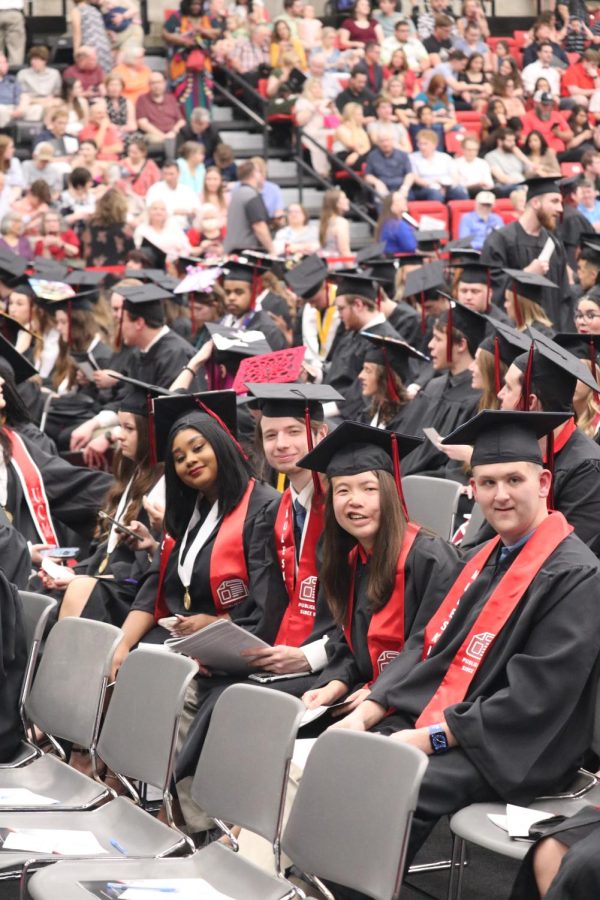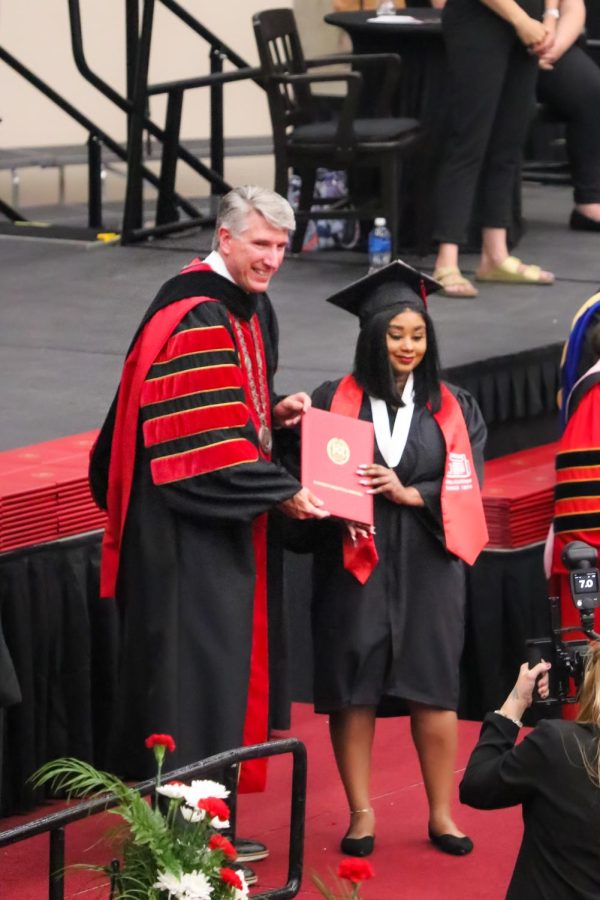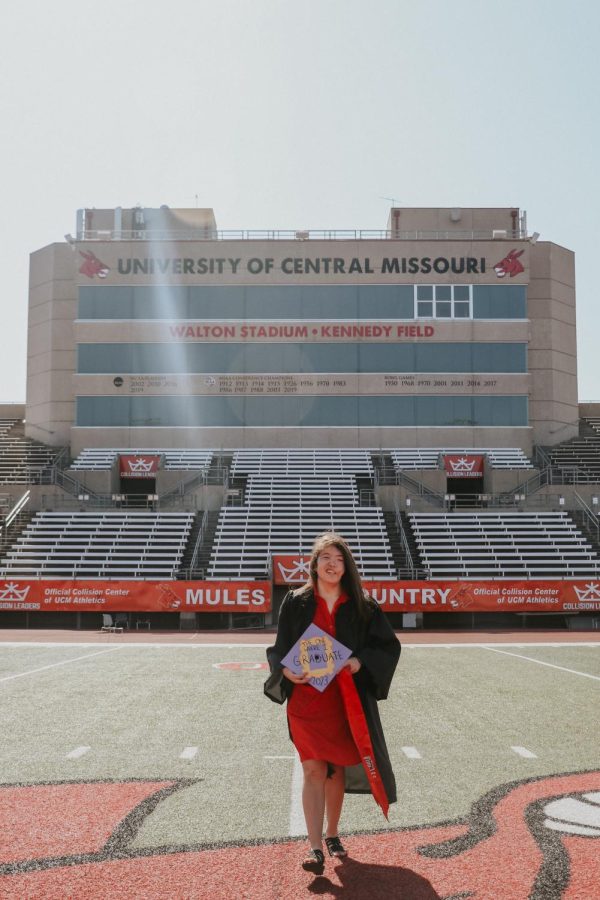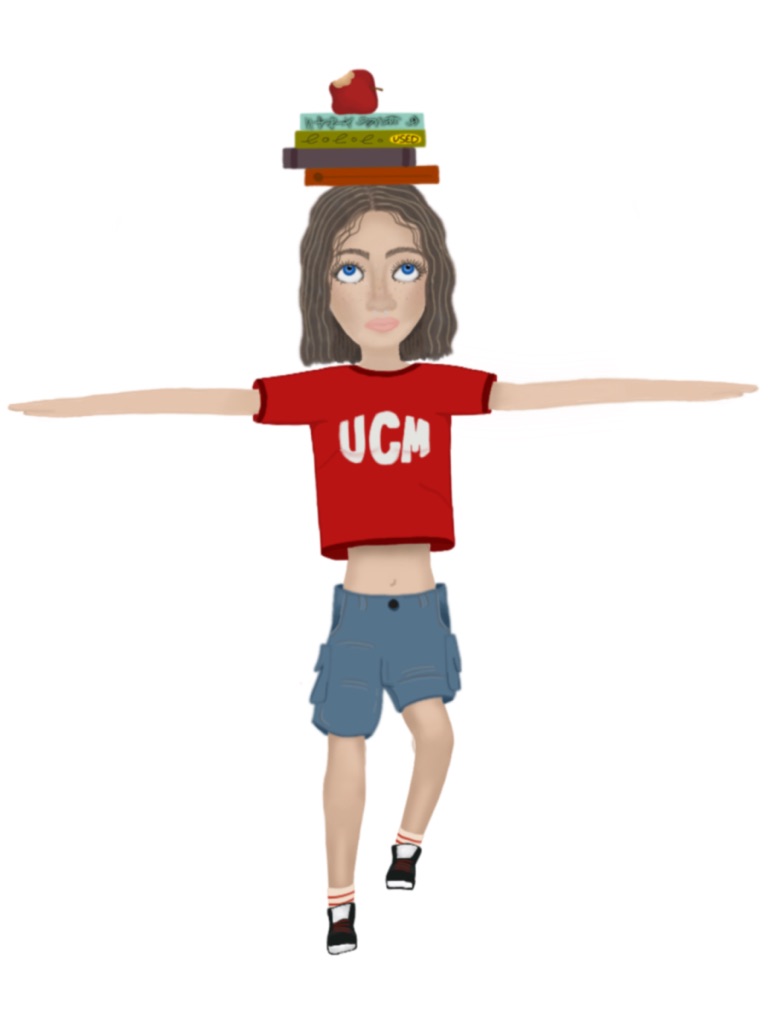I’ve had a great opportunity this semester to learn about the Missouri Innovation Campus in Lee’s Summit. The campus is the result of a collaboration between UCM, Lee’s Summit R-7 School District and Metropolitan Community college that places UCM and Summit Technology Academy in an innovative building with little to no physical barriers between classrooms and programs.
Being almost six years removed from high school, it is such a pleasure to see where education is going with the success and recognition this building has received. During my high school career, I knew of Summit Tech and some people who attended. Those weren’t the same programs that in many cases, graduate students debt-free with the near certainty of a career. In fact, I had never heard of anything like that in high school.
When I entered college in 2013, the only realistic option I was given was to pursue a four-year degree. I didn’t know what I wanted to do and as far as I knew, that was fine. I officially changed my major twice and thought about doing it another 100 times. I have student loans that I’ll live with for some time and, to top it all off, my uncertainty added another two years to my four-year degree. If I’ve learned anything from six years in college, it’s that there is no reason to not be urgent in your studies and the career you anticipate beginning.
Perhaps my favorite thing about MIC is that it requires that you take control of your education from the onset to be one of those students who graduate debt-free and with a job. I was content with not knowing where I wanted to be in five years when I entered college and now I regret it more than anything.
Of course, the way I experienced college in my six years is unique and many people finish in four years or sooner. They get jobs, pay off their loans and (hopefully) make a career for themselves. I plan to do the same thing, but I can’t help imagining what higher education would be like if the MIC model was more widely available to students.
There are intelligent people all over our communities who can’t afford to go to college and are wise enough to not fall into the pitfalls of student loan debt. What happens to them? For far too long their potential was wasted because their checkbook couldn’t match their abilities in the classroom.
The MIC puts forward a small solution to a big issue. Many universities would close their doors before they fully employed the model at the MIC. It requires innovation both architecturally and intellectually. The idea is an overhaul of the methods that have dictated educating students on a large scale for decades.
MIC provides small solution to bigger issues
Written by Jason Brown
March 6, 2019
0
Tags:
More to Discover














